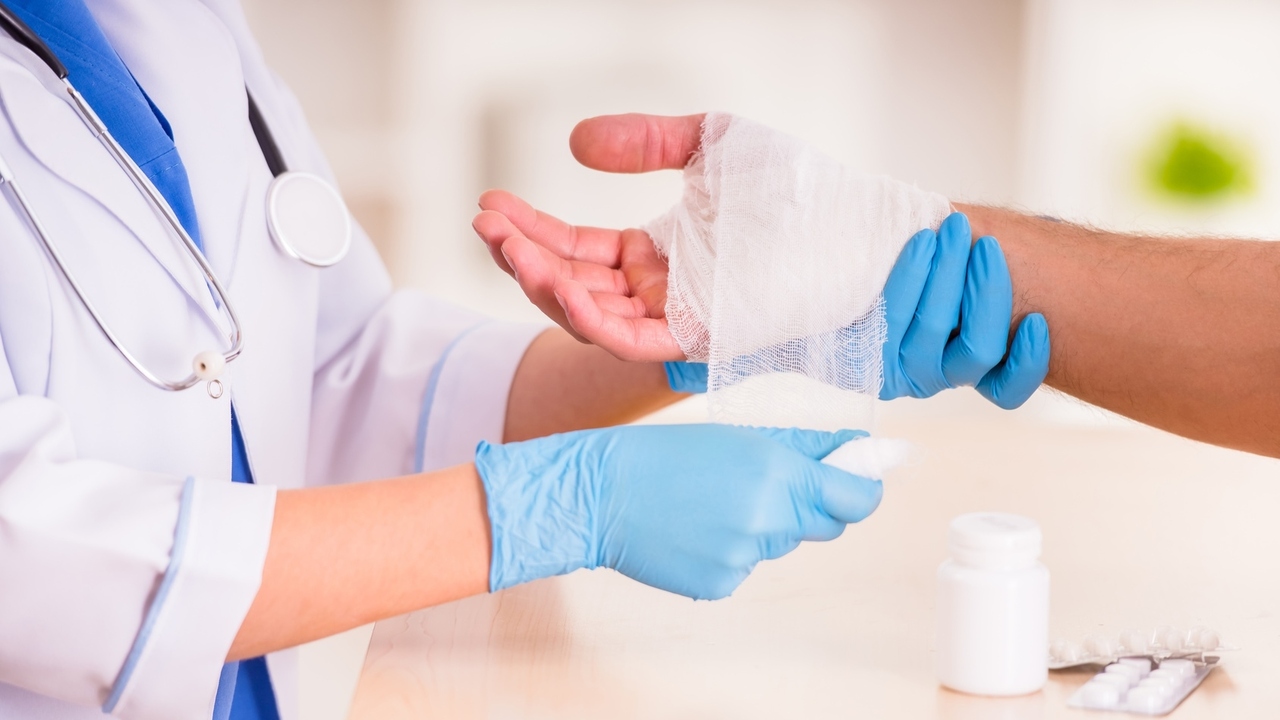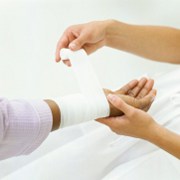Burn injuries can be physically and emotionally devastating. In the United States, it is estimated that 500,000 people are injured each year by burns with 40,000 needing hospitalization due to extensive injuries. (1)
Current treatment for extensive burns includes the use of whirlpool baths to debride (remove dead skin) the burn areas, topical dressings with special creams and ointments, skin grafts, surgery and pressure dressings. Scarring of the burn areas may lead to contractures, which limit movement and increase pain. (1, 2)
A recent study performed on pediatric patients using pulsed-dye laser (PDL) improved “the appearance, texture and elasticity of burn scars”.
Researchers at the University of Cincinnati (UC), Shriners Hospitals for Children-Cincinnati and Cincinnati Children's Hospital Medical Center collaborated on this burn treatment study.
They wanted to compare the use of pulsed-dye lasers with pressure dressings versus the use of pressure dressings alone on newly healed skin grafts of pediatric burn patients who had undergone surgical scar reconstruction.
The seventeen patients with 26 scars were divided randomly into two groups. The PDL group received at least one treatment and 13 subjects with 21 scars had at least two treatments.
The PDL treatments were done in six-week intervals on only half of the graft seam area, to be compared to the compression dressing only area.
Lead author and UC burn surgery researcher J. Kevin Bailey, MD told Science Daily that, “he set out to prove whether the laser conclusively improved scars on several measurements of skin condition, including redness, elasticity and scar thickness.”
Researchers evaluated the treatment areas using “high resolution digital photography, 3-D laser surface scanning of topography and standardized assessment of biomechanical properties, or measuring the elasticity of the scar.”
Through use of these tools, they were able to accurately judge the redness of the compared images and measure the difference in the height of the scar at each treatment session.
“Each aspect of skin health showed improvement with combined laser and compression therapy.”
Another researcher, Marty Visscher, PhD, co-author and director of the Cincinnati Children's Skin Sciences Program said that the positive results of this study can apply to other less serious burns and scars. The methods to measure the scar’s healing would enable practitioners to better evaluate their patient’s progress.
Burn patients are not only faced with the risk of infection, which interferes with the healing of their burns, but their self-esteem is challenged due to changes in their appearance. Scarring can affect their ability to move their joints such as bending their fingers making simple activities difficult.
The researchers hope that this study will offer improvements in the management and evaluation of burn scar healing.
Sources:
1. Esselman PC. Burn rehabilitation: an over- view. Arch Phys Med Rehabil 2007;88(12 Suppl 2):S3-6.
http://cmapspublic2.ihmc.us/rid=1GJ32GHCM-39DDDK-1B6Y/Burns.pdf
2. Children's Hospital of Wisconsin in Milwaukee. What is a third-degree burn? (Full Thickness). Web. Aug 19, 2012.
http://www.chw.org/display/PPF/DocID/21911/router.asp
3. University of Cincinnati Academic Health Center. "Laser treatment improves appearance in burn scars, study shows." ScienceDaily, 16 Jul. 2012. Web. 19 Aug. 2012.
http://www.sciencedaily.com/releases/2012/07/120716125000.htm
4. The Ohio Valley Chapter Newsletter. November Meeting Information. Wednesday November 16, 2011.
http://www.ovscc.org/sitebuildercontent/sitebuilderfiles/November2011.pdf
Michele is an R.N. freelance writer with a special interest in woman’s healthcare and quality of care issues. Other articles by Michele are at www.helium.com/users/487540/show_articles/
Edited by Jody Smith





Add a CommentComments
There are no comments yet. Be the first one and get the conversation started!